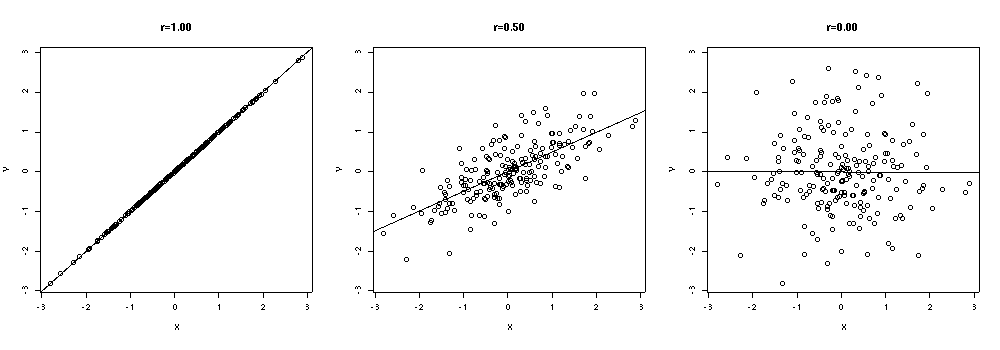Lens model

0.26 -1.01 -1.47 0.57 0.55 -0.68 -0.46 -2.87 -0.19 -0.91 -0.89 -2.52 -1.95 0.33 -1.97 -0.97 -0.73 -0.44 -1.44 -0.40
-1.36 -2.69 -0.62 -1.01 0.89 -0.40 0.14 0.01 -0.63 -0.63 -0.36 1.04 0.53 -0.93 2.10 -1.02 -0.93 0.40 0.31 1.10
4.39 5.53 4.11 3.44 4.67 7.73 5.07 5.77 5.17 6.52 4.61 5.35 4.26 4.13 6.50 5.43 5.05 6.50 4.10 2.82
0.56 0.81 1.11 0.72 -1.04 0.53 0.57 1.38 0.09 0.99 0.18 2.67 0.59 1.52 0.63 1.88 1.38 0.86 0.58 1.68
3.29 2.57 3.37 1.78 1.83 2.42 2.28 3.12 1.02 1.66 1.87 3.73 2.10 2.61 1.62 0.25 2.99 1.49 2.23 3.31
-0.82 -0.16 -1.81 -2.58 -1.28 -2.69 -2.78 -1.40 -4.54 -2.35 -1.16 -2.74 -1.48 -1.90 -2.83 -3.82 -1.24 -2.26 -2.64 -1.46
0.26 -1.01 -1.47 0.57 0.55 -0.68 -0.46 -2.87 -0.19 -0.91 -0.89 -2.52 -1.95 0.33 -1.97 -0.97 -0.73 -0.44 -1.44 -0.40 (-.86)
-1.36 -2.69 -0.62 -1.01 0.89 -0.40 0.14 0.01 -0.63 -0.63 -0.36 1.04 0.53 -0.93 2.10 -1.02 -0.93 0.40 0.31 1.10 (-.20)
4.39 5.53 4.11 3.44 4.67 7.73 5.07 5.77 5.17 6.52 4.61 5.35 4.26 4.13 6.50 5.43 5.05 6.50 4.10 2.82 (5.06)
0.56 0.81 1.11 0.72 -1.04 0.53 0.57 1.38 0.09 0.99 0.18 2.67 0.59 1.52 0.63 1.88 1.38 0.86 0.58 1.68 (.88)
3.29 2.57 3.37 1.78 1.83 2.42 2.28 3.12 1.02 1.66 1.87 3.73 2.10 2.61 1.62 0.25 2.99 1.49 2.23 3.31 (2.28)
-0.82 -0.16 -1.81 -2.58 -1.28 -2.69 -2.78 -1.40 -4.54 -2.35 -1.16 -2.74 -1.48 -1.90 -2.83 -3.82 -1.24 -2.26 -2.64 -1.46 (-2.10)
The model is the model of your judgments, MUD.
Mean s.d.
Correct answers 71 77 79 83 89 79.8 6.72
Judge's answers 69 79 80 85 87 80 7.00
Model's answers 71 77 79 83 89 (decimals omitted)
The best model of the judge is f = 1.96*m1 + 6*m2 + 55.3
Deviations from mean divided by standard deviation (s.d.):
Correct -1.31 -0.42 -0.12 0.48 1.37
Judge's -1.57 -0.14 0.00 0.71 1.00
Product 2.06 0.59 0.00 0.34 1.37 sum = 3.82
Correlation = sum/4 = 0.956
Correlation of Model with Correct is almost 1


| Student | P | M | F | PRE | Error |
| 1 | 90 | 90 | 90 | 91.6 | 1.6 |
| 2 | 80 | 90 | 91 | 88.3 | -2.7 |
| 3 | 70 | 90 | 84 | 85.0 | 1.0 |
| 4 | 70 | 70 | 71 | 70.7 | -0.3 |
| 5 | 60 | 40 | 46 | 46.0 | 0.0 |
| 6 | 50 | 80 | 71 | 71.3 | 0.3 |
F = .71×M + .33×P - 2.3 + Error

| Student | P | M | F | J | MUD | Error |
| 1 | 90 | 90 | 90 | 91 | 89.8 | -1.2 |
| 2 | 80 | 90 | 91 | 84 | 84.9 | 0.9 |
| 3 | 70 | 90 | 84 | 79 | 80.0 | 1.0 |
| 4 | 70 | 70 | 71 | 70 | 70.0 | 0.0 |
| 5 | 60 | 40 | 46 | 50 | 50.2 | 0.2 |
| 6 | 50 | 80 | 71 | 66 | 65.2 | -0.8 |
J = .50×M + .49×P + 0.76 + Error

Effect reduced by thinking about missing data (Ganzach and Krantz, 1991)
But people regress on the basis of useless data:
Dilution effect (Nisbett et al., 1981)
Channel tunnel
expected 5 billion pounds
actual cost > 10 billion
Student thesis projects
average expected 34 days
average completion 55 days
Projects with deadlines (average 13 days)
average expected 6 days
average completion 11 days
Sydney Opera House (proposed 1957)
expected 1963 for $7 million
completed 1973 for $102 million
